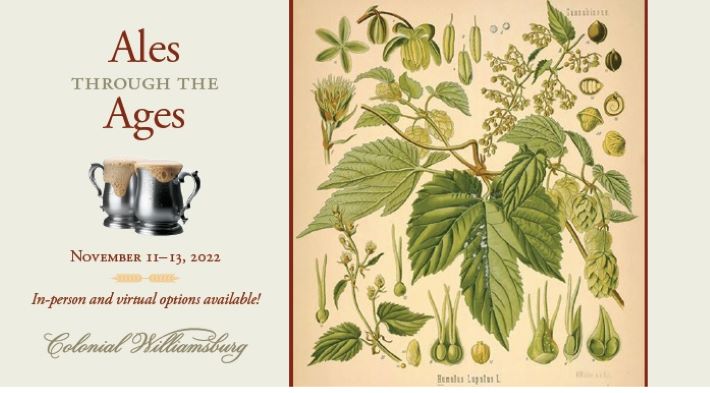
The Brewers Association released its beer style guidelines for 2022 yesterday. There are no new style additions, saving us the usual complaints about a) too many styles, and b) everything about the latest addition being all wrong.
From the press release:
“A few examples of significant updates include adding several hybrid India Pale Ale styles to the Experimental IPA category; modernizing Session Beer and Session IPA to adjust the lower end of abv downward to 0.5%, as brewer interest in lower ABV beers has increased rapidly over the past two years; and standardizing language on Juicy or Hazy Styles based on brewer and judge feedback and adding verbiage about ‘hop burn.’
“‘As the craft beer landscape continues to evolve, we want to ensure that our Beer Style Guidelines continue to be a trusted resource worldwide and are in stride with the innovation that continues to be brought forward,’ said Chris Swersey, competition director, Brewers Association. ‘We took 2022 as a year to focus on housekeeping, to address some discrepancies within the existing beer styles, and for a small number of significant updates to certain beer styles.’”
Only a few words may still amount to a significant update. Which leads us to the marriage of the established style American-Style India Pale Lager and a style in waiting, Cold IPA.
The only change in the IPL guidelines between 2021 and 2022 is in the additional notes.
2021: “This style of beer should exhibit the fresh character of hops.”
2022: “This style of beer should exhibit the fresh character of hops. Some versions may be brewed with corn, rice, or other adjunct grains, and may exhibit attributes typical of those adjuncts.”
The change leaves room for one of the things that makes Cold IPA different than IPL, the use of adjuncts to lighten the body. There’s more, and Creature Comforts Get Comfortable 2022 beer is a good way to consider that.
Creature Comforts brews Get Comfortable each year in support of its Get Comfortable campaign, and for the last four years that has been an IPA made in collaboration with (in order) Russian River Brewing, Allagash Brewing, Sierra Nevada and Bell’s Brewery. Creature COO/brewmaster Adam Beauchamp and Bell’s vice president in charge of operations John Mallett talked about the beer during a launch event earlier this month.
Beauchamp said that the grist includes 30 percent Carolina Gold rice (check) and is fermented with lager yeast at a warmer than typical for lager yeast temperature (check – the other attribute that sets Cold IPA apart from IPL). He began grinning when he pointed out, “The A in IPA stands for ale, and lager inherently is not ale.” Then he laughed.
“What that does for me, it allows a really clear expression of hops that are not muddied by yeast character,” he said. Fruity flavors that result from interaction with ale yeast are not present to clash with fruity hop flavors. Sulfur compounds that result from cold fermentation with lager years are not present to clash with sulfur compounds in hops.
“I’m tremendously excited about the style,” he said. “I think people are returning to bitter beer after a short hiatus.”
Mallett told a story about how long Bell’s founder Larry Bell may have been waiting to taste this beer.
“Larry Bell is an incredible creative force,” he began. “There was a point, this was like 12 years ago, when Larry came to me and said ‘I want to make this beer.’ What that means is ‘I want you to make this beer.’”
The beer was a lager, quite pale, with a distinctive hop character. “Specifically, he had this dream where he was hiking in the Michigan upper peninsula,” Mallet said. He came upon a waterfall cascading over rocks, and there were pine trees all around. “And this is what the beer should taste like, the crisp cold water and the pine trees,” Bell told Mallett. “And can you please make this beer?”
Mallett paused. “And I’m like, did they mention what kind of hops in the dream?”
The hops in Get Comfortable are Simcoe, Cascade, Strata, Amarillo, Mosaic and “Centennial from Bell’s selected lots.” A bit more about “Bell’s selected lots” in Hop Queries Vol. 5, No. 10, which I promise to mail by Monday.


